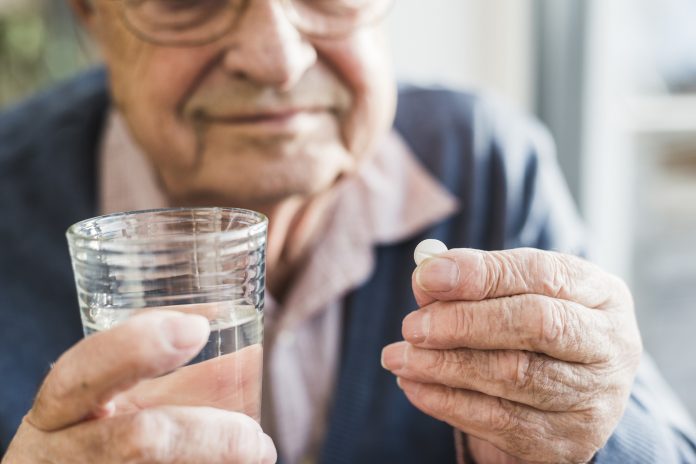
In a study based on electronic health records (EHRs), researchers have identified six predictors that could help determine the amount of lithium individual patients with bipolar disorder need. The team also pinpointed genetic markers that seem to influence how quickly the body eliminates lithium from its system.
The work was done by researchers at Karolinska Institutet in Sweden and published in the journal The Lancet Psychiatry.
“This could cut valuable time spent on finding the right dose for each patient, potentially with life-saving impact,” says Martin Schalling, professor at the Department of Molecular Medicine and Surgery, Karolinska Institutet and the study’s senior author.
An estimated 4.4% of Americans alone experience bipolar disease at some time in their lives, according to the U.S. National Institute of Mental Health. Also referred to as manic-depressive disorder, this condition is characterized by dramatic shifts in mood and energy levels that disrupt daily life. It has also been linked to an increased risk of suicide.
Lithium is one of the most important treatments for patients with bipolar disorder. The drug works as a mood stabilizer and reduces episodes of depression and mania. How much is needed varies greatly between individuals and finding the right dose for each patient is key, as too much can be toxic while too little is ineffective. To minimize the risk of side-effects, clinicians tend to initiate treatment at low doses that increase over time, meaning it could take months before the treatment has an effect.
To overcome this, researchers have long sought to find a way to predict dose response in individual patients. Previous studies have identified markers such as age, sex, and kidney function as possible predictors of how quickly the body eliminates lithium from its system (lithium clearance), which can be used to determine the amount needed on a daily basis. However, most studies have been limited by small sample sizes.
Using EHR Data to Guide Dosing
In the current study, the researchers examined EHR and registry data from a total of 2,357 patients with bipolar disorder, which may represent the largest sample size for this kind of study to date. Both men and women in ages ranging from 17 to 89 were included, mainly of European ancestry.
The study found associations between the speed of lithium clearance and age, sex, kidney function (measured as eGFR), serum lithium concentrations, and medication with diuretics and substances targeting the renin-angiotensin-aldosterone system (RAAS).
“Our findings suggest that older patients, women, patients with reduced kidney function, and those taking certain medications require lower doses of lithium. Interestingly, we also discovered that the amount of lithium taken and lithium concentrations in the blood do not seem to be completely proportional, which goes somewhat against current thinking,” says first author Vincent Millischer, a postdoctoral researcher at the Department of Molecular Medicine and Surgery, Karolinska Institutet.
The study also found associations between a lower lithium clearance and one genetic locus on chromosome 11. Even though adding the genetic markers only marginally improved the model’s predictive capability, the researchers say it opens the opportunity of personalized medicine in lithium treatment in the future. Previous studies have shown that bipolar disorder itself, has a substantial genetic component.
“Next we will test our model in a clinical trial to see if it can reduce the time it takes to find the right amount of lithium for each patient,” Schalling says. “If the outcome is positive, we will develop a digital app that could be used by psychiatrists in the future to help assess lithium dosage for patients with bipolar disorder.”













